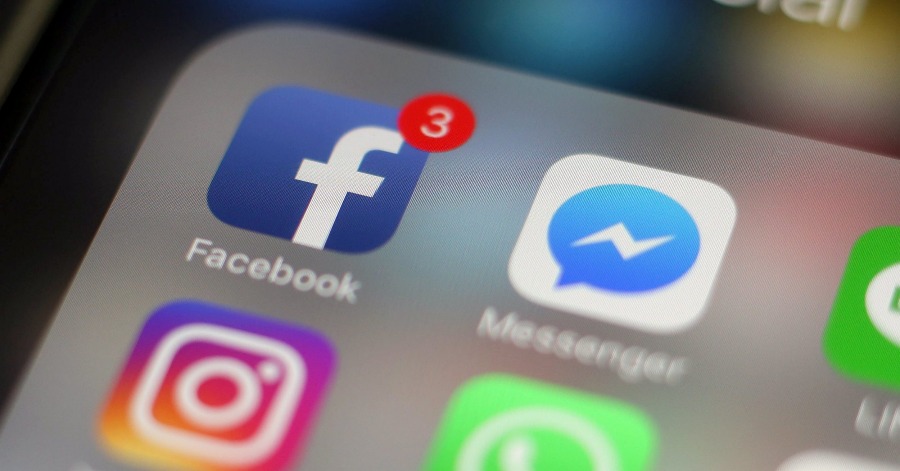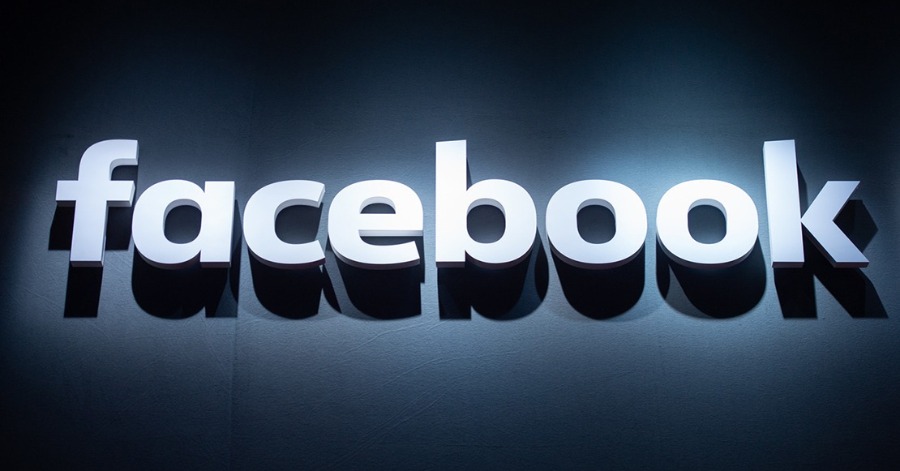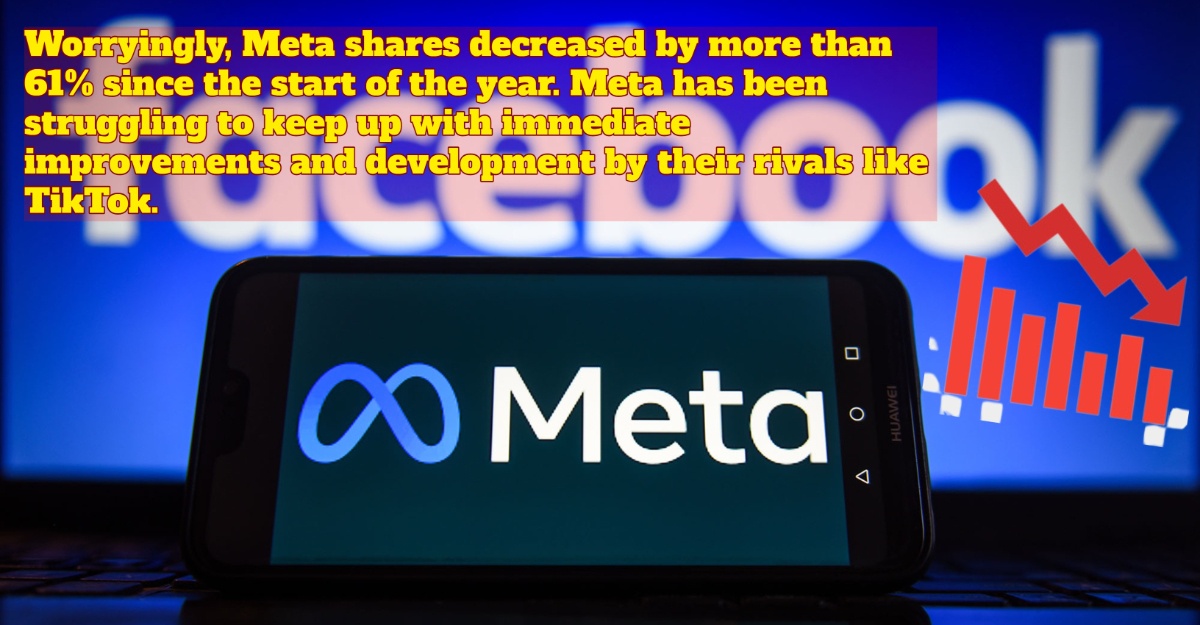Initially, WhatsApp set up its stance not to run ads, charge the user, or sell user data. That was the founder’s main tenet at the establishment’s beginning. This application is led by two men in their 30s, Brian Acton and Jan Koum. The plan they set made them succeed in defeating other messaging applications such as WeChat, LINE, Snapchat, Facebook Messenger, etc.
The two founders started this app after finishing their job at Yahoo! in 2009. Their story doesn’t start with leaving college, building a team, and getting funding. However, because of their deep principle, they disagreed with the company lacked ideals and failure to secure a position with Facebook in 2009. That’s where it all starts!
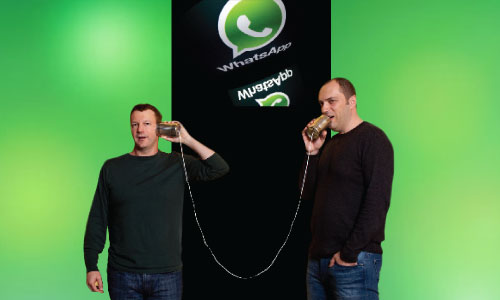
The rising of WhatsApp in line with the app soul
In the beginning, Koum and Acton told the contact of Yahoo! had heard about how the app was making dollars. Above all that, they managed to organize a 250000 dollars initial investment. Once they obtain their money, they don’t take the initiative to reinvest them. Instead, they saved the funds because they had figured out the solution for WhatsApp to make dollars.
They’ve figured out that investors help ensure the servers remain operational by maintaining the founder’s motto. Due to that, they need to cut the company’s costs to ensure that the charge did not exceed the money invested. At first, WhatsApp seemed to operate like a Wikipedia donation (voluntarily conducted). In 2011, they received $8 million in funding from investors even though WhatsApp has yet to profit. However, at that moment, the number of users had already reached more than 200 million people.
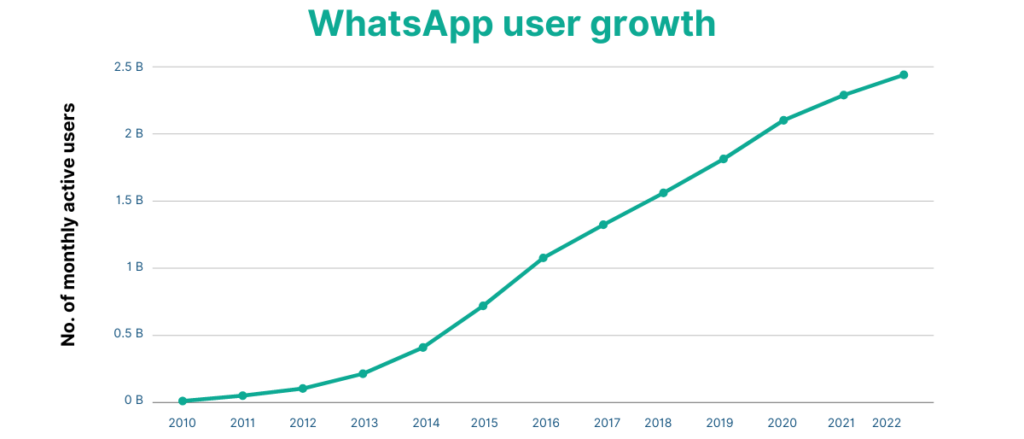
Facebook begin to show its interest
However, Acton and Koum think that this method will only be able to maintain the operation of WhatsApp for a short period. Over time, investors will eventually pull out and run away. In 2014, Zuckerberg intended to buy WhatsApp at $19 billion. It is 10 times the actual value of WhatsApp! With that much value, there is bound to be someone who is captivated by it.
Furthermore, Zuckerberg promised to let WhatsApp operate according to how Acton and Koum wanted. It solved all the startups’ problems with seemingly no downside. The founders know it’s too good to be accurate, but they need to know the risk they will face. Facebook Messenger feel threatened by the immense growth of WhatsApp because their massive data machine told them it was doing messenger’s job better.
Zuckerberg’s take over and the withdrawal of the co founders
To gain the trust of WhatsApp users, Zuckerberg successfully manipulated the media. He stated that Facebook would never get access to WhatsApp data. It is because WhatsApp’s end-to-end status was ironclad. Zuckerberg gave the idea to users that it is tough for anyone to collect data about even the founder themselves. In the blink of an eye, Zuckerberg knocked down WhatsApp’s famous encryption. WhatsApp’s tough security is one of its major selling points.
Zuckerberg has successfully bought WhatsApp. However, the biggest problem now is the founder. Unwittingly, in the contract, Zuckerberg mentioned that if the founders backed out, they would lose a large amount of money. Acton and Koum regretted Facebook’s actions and acted to leave the company early. Because of that, the founders lost more than $80 million in the process.
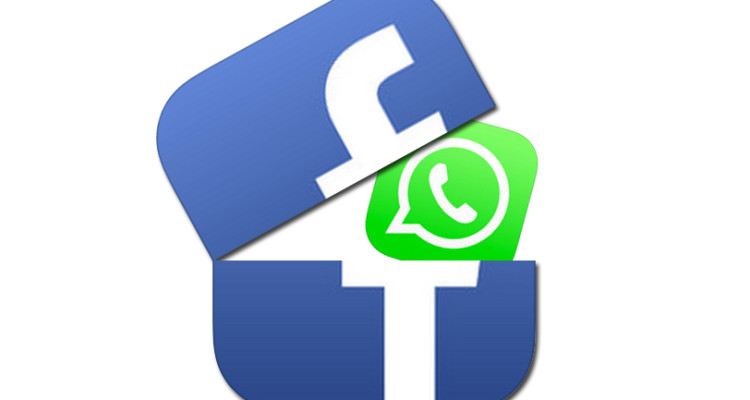
Data harvesting secrets are revealed
In early 2018, the Cambridge Analytica Scandal Data revealed Facebook’s data harvesting secrets to the world. 87 million people have been used in a psychological profiling system. It has been used to prove people’s weaknesses in targeted advertising and political campaign. Unsurprisingly, Facebook was never unapologetic. They said that people had freely handed over their data and consented to this.
Facebook now had free reign over WhatsApp. Mark would turn this into his data-harvesting machine. Facebook had already tested their plans to implement business and analytic tours in WhatsApp from as early as 2017. This program is primarily for showing the hidden details. WhatsApp could access the duration of usage, IP addresses and any unique identifier your system has.
Sources: Moon@YouTube, Feedough.com





